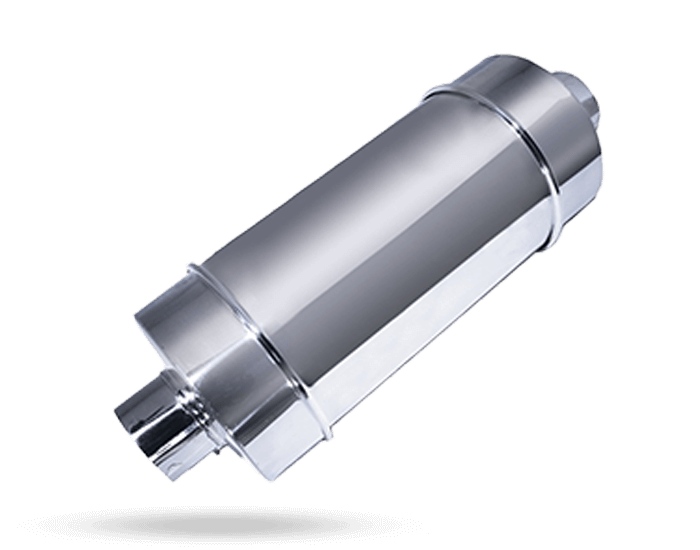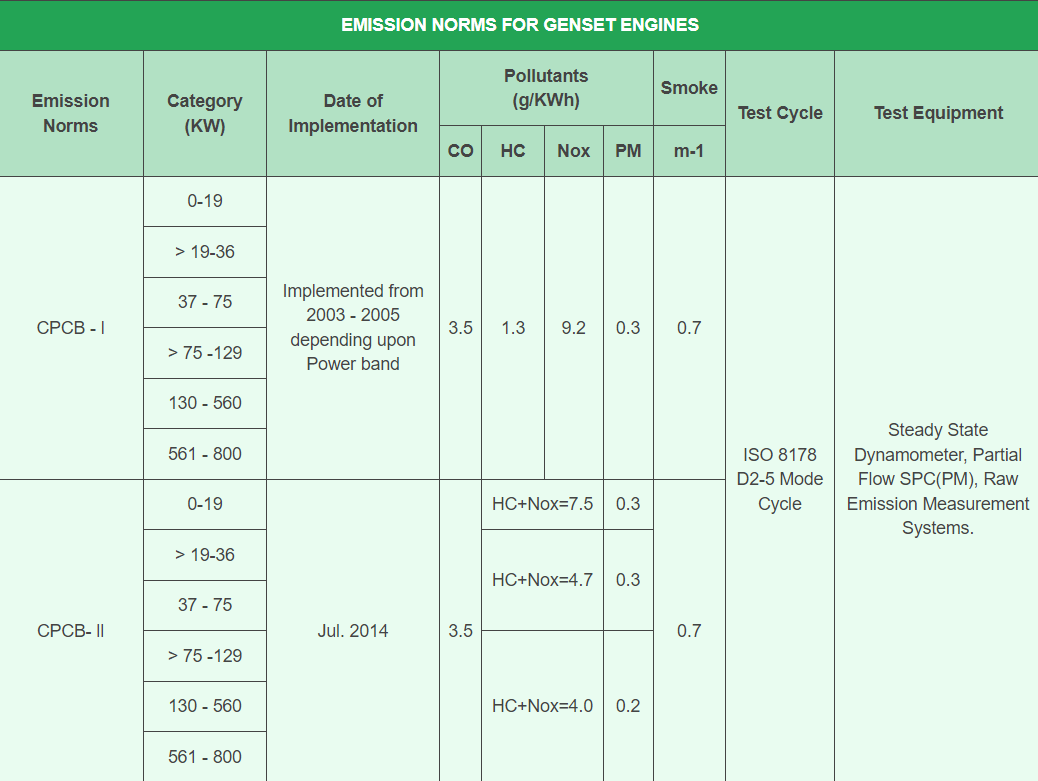Retrofit Emission Control System and Devices (RECD)
Last updated on March 29th, 2024 at 05:28 am
Estimated reading time: 5 minutes
Do you want to know “What is Retrofit Emission Control System and Devices”?
Let’s imagine cars are like big machines that produce stuff called emissions.
These emissions can be harmful to the environment and our health, like smoke from a chimney.
Now, think of a retrofit emission control system and devices as special filters or gadgets you can add to these machines (cars) to clean up or reduce those harmful emissions.
They’re like adding a purifier to a smoky room to make the air cleaner.
These systems and devices are super important because they help reduce pollution and make the air we breathe cleaner.
Did you know that vehicle emissions contribute to air pollution, which can lead to health problems like asthma and heart disease?
Retrofitting these control systems can make a big difference.
For instance, studies have shown that retrofitting diesel engines with emission control devices can reduce harmful pollutants by up to 90%!
By installing these systems, we’re not just making our environment cleaner but also improving public health.
It’s like putting on a mask to breathe cleaner air in a smoggy city.
What is Retrofit Emission Control System and Devices (RECD)?

A device has been made to help reduce the harmful stuff that comes out of diesel generators.
It’s called a retrofitted emission control device (RECD).
This device doesn’t use filters and instead uses a method called electrostatic precipitation to clean up the emissions.
It’s really good at making the air cleaner and getting rid of carbon particles.
It’s been tested and shown to work well, capturing over 90% of the bad stuff.
Adding this device to a diesel generator also helps to cut down on things like hydrocarbons and carbon monoxide that are released.
The most common way to use this technology is by putting the device in the exhaust system of the diesel engine.
When the generator runs, this device helps to control what gets put into the air.
These devices have been made to meet the standards set by organizations like the NGT, Central Pollution Control Board, and the Ministry of Environment, Forest, and Climate Change.
Choose the right emission control device for DG Set
The pollution control system made by The Makers (Vendors of Eo Energy) follows the rules set by the Central Pollution Control Board and National Green Tribunal.
These devices can make a big difference in reducing things like hydrocarbons, particulate matter, and carbon monoxide by over 90%.
This has been checked and approved by labs accredited by the Pollution Control Board to make sure it meets strict emission standards.
Pollution control equipment for Genset based on its size & power output.
We provide a range of 125 KVA – 2000 KVA.
How a retrofit device attached to diesel generators can reduce air pollution?
Diesel generators are super important in our everyday lives, especially when the power goes out.
They’re used a lot in industries and businesses too.
They’re great because they’re efficient, cost-effective, and have a lot of power.
But, they also let out gases like CO2 and carbon monoxide that are really bad for the environment.
To tackle this problem, The Makers (Vendors of Eoenergy) came up with a way to control these harmful emissions from diesel generators.
They made a special device that you can add to the generator to make it emit fewer pollutants.
Retrofit Emission Control Technology
The retrofit emission control device is like a special filter that catches certain particles.
It’s made of a stainless steel box that’s put onto the exhaust system of a generator. Sometimes, it’s attached to the original muffler or silencer.
This device is really good for controlling pollution from diesel generators.
It’s easy to install on both old and new generators, and it helps to control different types of pollutants like PM (particulate matter), carbon monoxide, nitrogen oxide, and others.
Here’s a table that shows the different standards for emissions from generators, which might help you understand it better.

DIESEL EMISSION REDUCTION TECHNIQUE – Way to Control Diesel Genset Pollution
1. Retrofit technique
When we talk about retrofitting diesel generators, it means adding a special device to control how much bad stuff comes out of the engine’s exhaust.
This method is reliable and can cut down on over 90% of the harmful particles sometimes.
Along with this device, other things like catalysts for nitrogen oxide, catalysts for diesel oxidation, exhaust gas recirculation, and diesel particulate filters are also used to clean up the emissions from diesel engines.
2. Repower
When you repower a DG Set, it means you’re swapping out the old engine for a new one.
This is handy if you plan on using your device for a long time.
By repowering, you can put in a new engine that has the newest ways to control emissions.
This makes retrofitted emission control devices even more helpful when they’re being used.
3. Rebuild
Keeping diesel engines working well is key to getting the most out of them.
Regularly taking care of them and swapping out old or broken parts is the best way to make sure they run efficiently.
Plus, when you do bigger maintenance tasks, it’s a chance to update the engine with newer, better methods.
Newer engines put out less bad stuff into the air compared to older ones.
So, using cleaner parts or rebuilding the engine can immediately cut down on emissions.
4. Refuel
Generators can run on different kinds of fuel.
Some fuels might need small changes to the engine, while others might need the whole engine replaced.
People sometimes use alternative fuels like biodiesel, ethanol, gas, or propane alongside regular diesel to help cut down on emissions.
5. Replace
Getting rid of old diesel engines that pollute a lot is the best way to keep our environment cleaner.
When the stuff we have doesn’t meet the clean air rules, replacing it with something new is the smartest move.